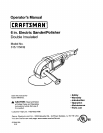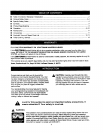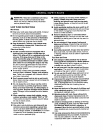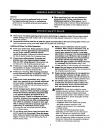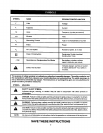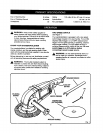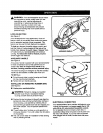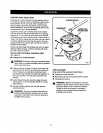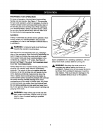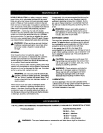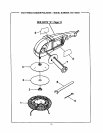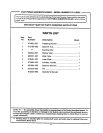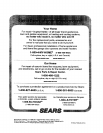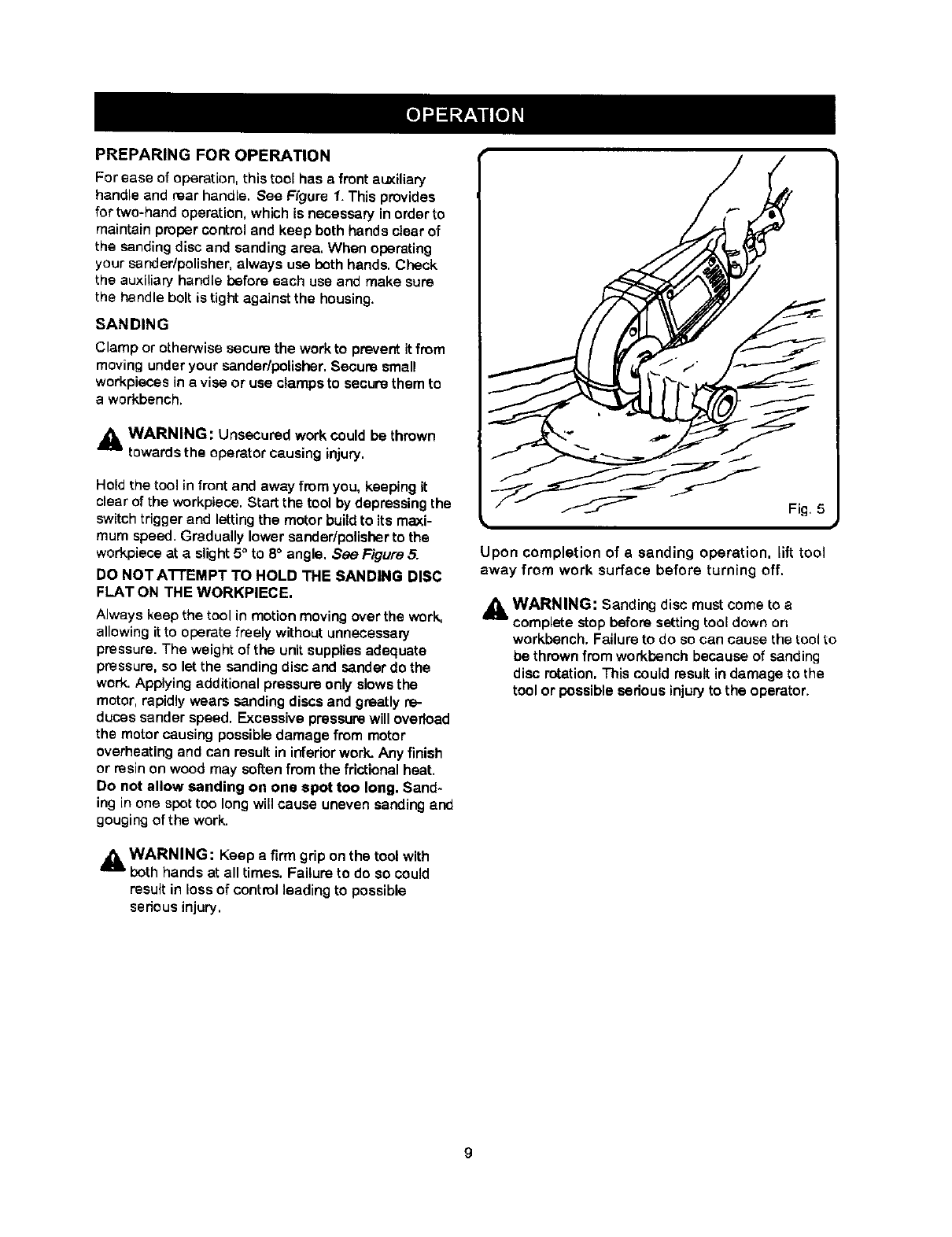
PREPARINGFOROPERATION
For ease of operation, this tool has a front aL_iliary
handle and mar handle. See Ffgure 1. This provides
for two-hand operation, which is necessary in order to
maintain proper control and keep both hands clear of
the sanding disc and sanding area, When operating
your sander/polisher, always use both hands. Check
the auxiliary handle before each use and make sure
the handle bolt is tight against the housing.
SANDING
Clamp or otherwise secure the work to prevent it from
moving under your sander/polisher, Secure small
workpieces in a vise or use clamps to secure them to
a workbench.
_, WARNING: Unsecured workcould be thrown
towards the operator causing injury.
Hold the tool in front and away from you, keeping it
clear of the workpiece. Start the tool by depressing the
switch trigger and letting the motor build to its maxi-
mum speed. Gradually lower sander/polisher to the
workpiece at a slight 5° to 8° angle. See Figure 5.
DO NOT A'n'EMPT TO HOLD THE SANDING DISC
FLAT ON THE WORKPIECE.
Always keep the tool in motion moving over the work,
allowing it to operate freely without unnecessary
pressure. The weight of the unit supplies adequate
pressure, so let the sanding disc and sander do the
work. Applying additional pressure only slows the
motor, rapidly wears sanding discs and greatly re-
duces sander speed. Excessive pressure will ovedoad
the motor causing possible damage from motor
overheating and can result in inferior work. Any finish
or resin on wood may soften from the frictional heat.
Do not allow sanding on one spot too long. Sand-
ing in one spot too long will cause uneven sanding and
gouging of the work.
_.WARNING: Keep a firm grip onthe tool with
both hands at all times. Failure to do so could
result in lossof controlleading to possible
sedous injury.
Upon completion of a sanding operation, lift tool
away from work surface before turning off.
_I, WARNING: Sanding disc must come to a
complete stop before setting tool down on
workbench. Failure to do so can cause the tool to
be thrown from workbench because of sanding
disc ro_ation, This could result in damage to the
tool or possible sedous injury to the operator.



